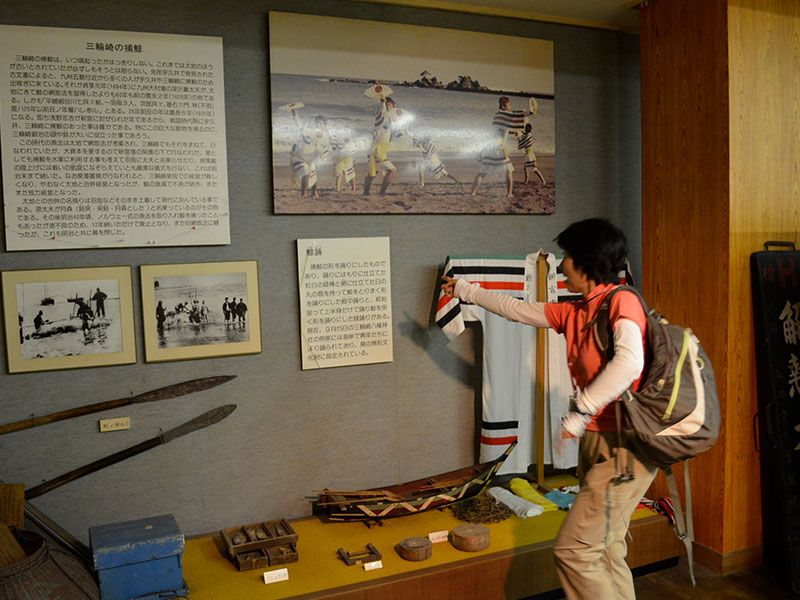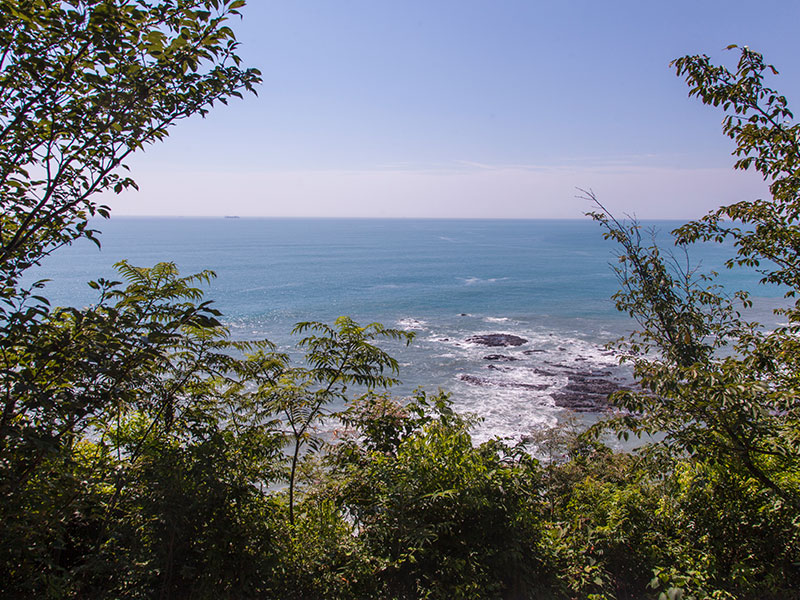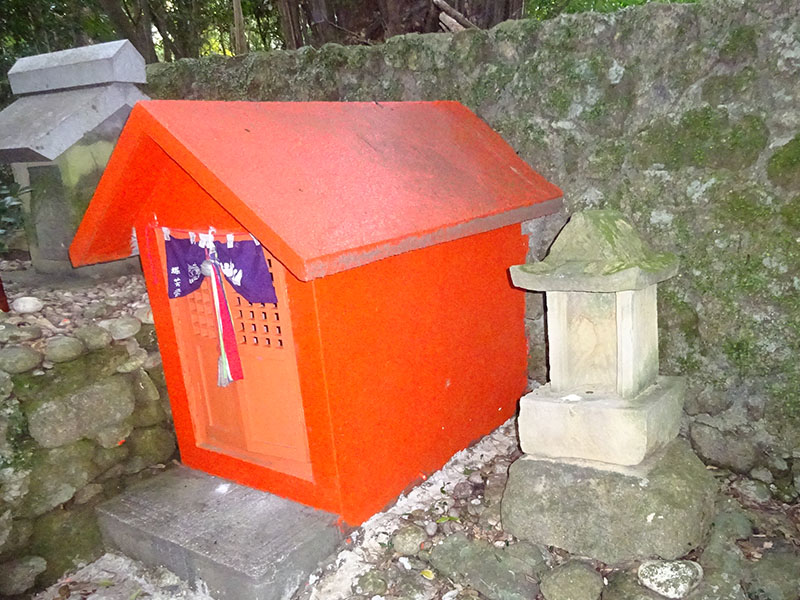Kujira Yamami-ato (Whale Mountain Trail) / Japanese Heritage "Living with Whales"
Cultural heritage illustrating Japan's whaling culture
Whaling has been practiced in the Kumano-nada Sea coastal area, which includes Shingu, since the early Edo period (17th century), and even today this region's culture still has strong ties to whaling. A series of stories that convey the whaling culture of Kumano, "Life with Whales", was registered as a piece of Japanese Heritage by the Agency for Cultural Affairs in April 2016.
Koya-zaka Slope, which is part of the Shingu portion of the Kumano Kodo, has the Kujira Yamami-ato, or "whale mountain trail", which was used to watch for whales that were swimming around offshore so that the fishing boats could be informed. The Miwasaki Kujira Odori, or "Miwasaki Whale Dance", designated as an 'intangible ethnic cultural treasure' by the Wakayama Prefectural government, is a traditional dance performed every September that depicts the whale hunt.
As you make your journey through the land of the Kumano faith, please also take the opportunity to experience this region's whaling culture.

Exhibition Corner at the History & Folklore Museum
Pictures of whaling in Miwasaki are on display here.

View from Kujira Yamami-ato ("Whale Mountain Trail")
There are three whale mountain trails on the course of Koya-zaka Slope.

Hazashinaka Konryu no Sekishi (stone shrine built by whale fishermen)
A small shrine built by the men in past whaling times called “hazashi,” who tied ropes to the whales underwater.
| Add |
Miwasaki, Shingu [Google Maps] |
| Tel |
0735-23-3333(Shingu City Commerce and Tourism Division) |
| Open |
Free Sightseeing |
| Parking Lot |
Not available |
| Free Wi-Fi |
Not available |
| Toilet |
Not available |
| Lounge |
Not available |
| Souvenir Shop |
Not available |
| Access |
10 minutes from JR Miwasaki Station via Koya-zaka Slope Starting point (Miwasaki Side) |
18
33.699797007678
135.99204513044


